
Karnataka is known for its culture and tradition. The various folk festivals and practices of the state show the rich and varied heritage. While Kerala has Kathakali and Tamil Nadu has Bharatanatyam, Karnataka too has a myriad of dance forms such as Dollu Kunitha, Bolak-aat, Somana Kunitha etc among other dance forms.
One of the most famous folk dances of the state is the Buta Kola which is prominent in the coastal regions of the state. It is really interesting and has some really fascinating aspects which would make you want to witness this mysterious dance. Here are ten interesting facts about the Bootha Kola of our state.
1. Origin
The Buta Kola of Karnataka has its origin from the coastal Karnataka region or Tulu Nadu. It is a highly stylized dance held in honor of the deities worshipped by the Tulu speaking population.

2. Etymology
The etymology of the word buta is derived from the words bhoot of Sanskrit which refers to the spirits and free elements. The word kola in Tulu refers to a play or a performance. In short, the Buta Kola refers to the dance-worship done in honor of the spirits and deities of the Tulu population.
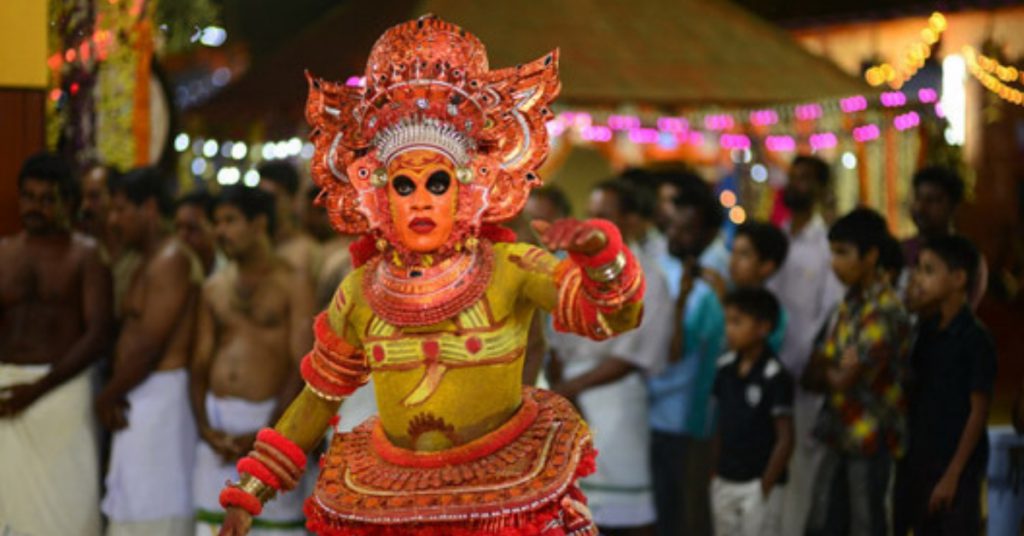
3. The dance
The performance is done with a lot of fanfare. There are music and recitals. The dancers themselves wear an elaborate costume. The recitals in old Tulu speak of the origin of the spirit and how it came to be known. Thus, these ancient and culturally significant recitals are known as paddanas.
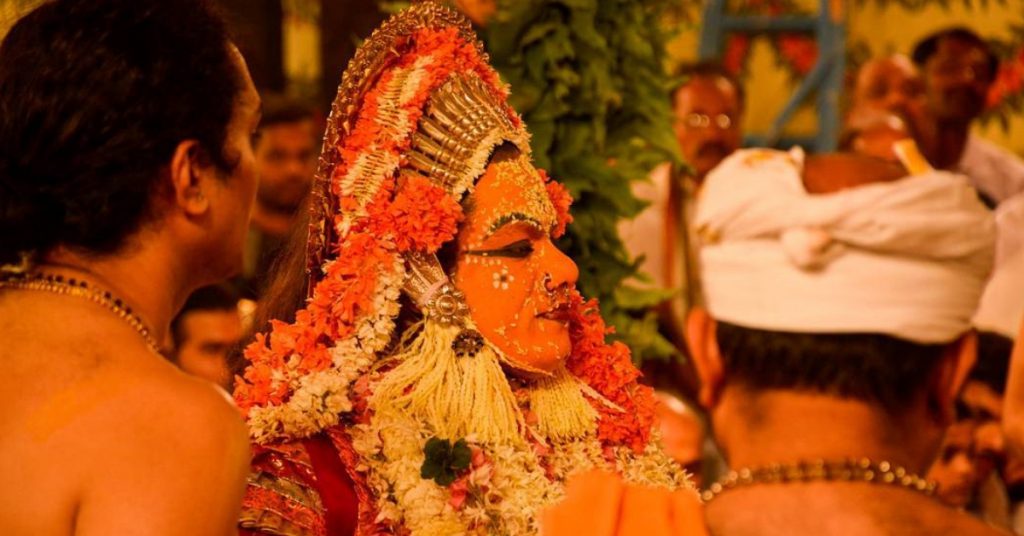
4. Tradition
There are numerous deities and each has its own significance. Most of these deities have titles and roles while there are ancestral spirits and wild animals too which are worshipped. The deity that the Buta Kola pays homage to largely depends on the sect of people, their caste or the group. There are family deities, village deities and even royal deities of kingdoms.
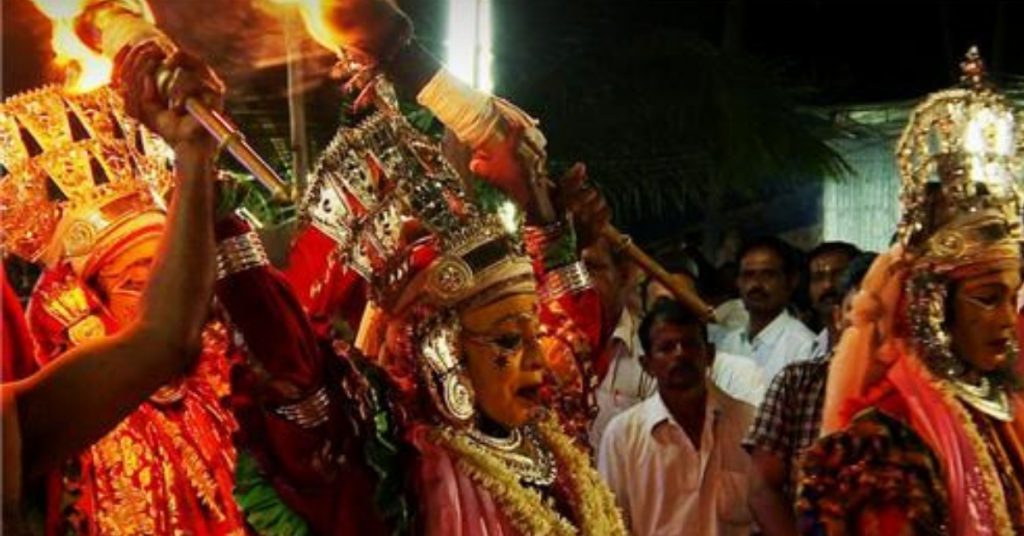
5. Spirits and trance
One of the most fascinating and interesting concepts of this dance form is the aspect of possession and spirits. The spirits are said to partially possess the dancer for a while thus giving the dancer the energy to act as per the spirits will and channel the spirit or deity as a medium.
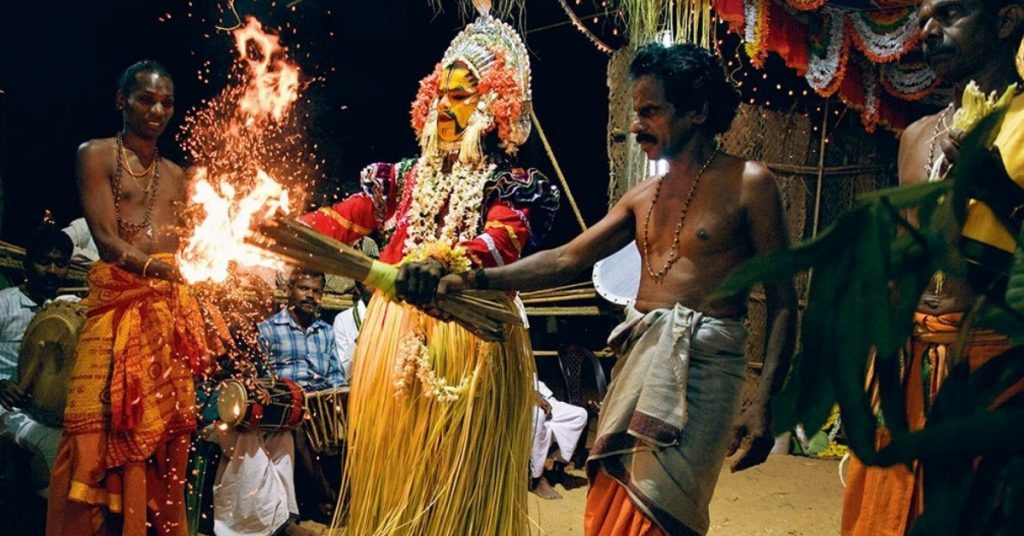
6. A village fair
The entire village usually gathers for the Buta Kola and thus it resembles a fair with numerous avenues for entertainment and bonding.
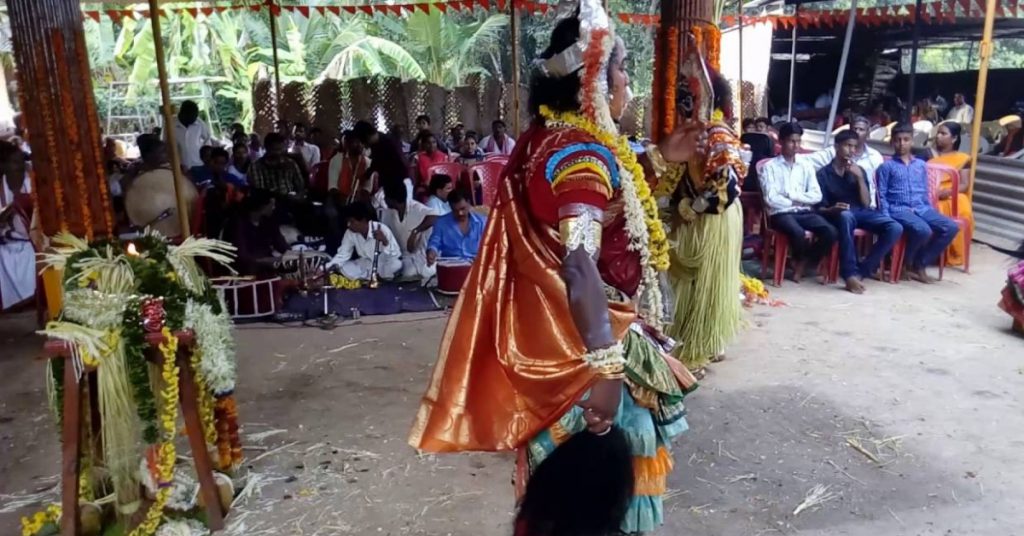
7. Justice delivered
The villagers usually use the gathering and the medium to resolve conflicts and issues ranging from petty theft to family feuds and matters regarding honor. The medium’s word is viewed as holy law and is followed by all.

8. Rituals
The Buta Kola is also used to ask the medium for advice and blessings such as to improve the fertility of land and ward off disease or bad luck. The paddanas are used to invoke the corresponding deity and the worship is done in large numbers. The Buta Kola happens annually and isn’t done as frequently as temple worship. In fact, it is not fair as such but a ritual, sometimes confined to a single house and a village by large.
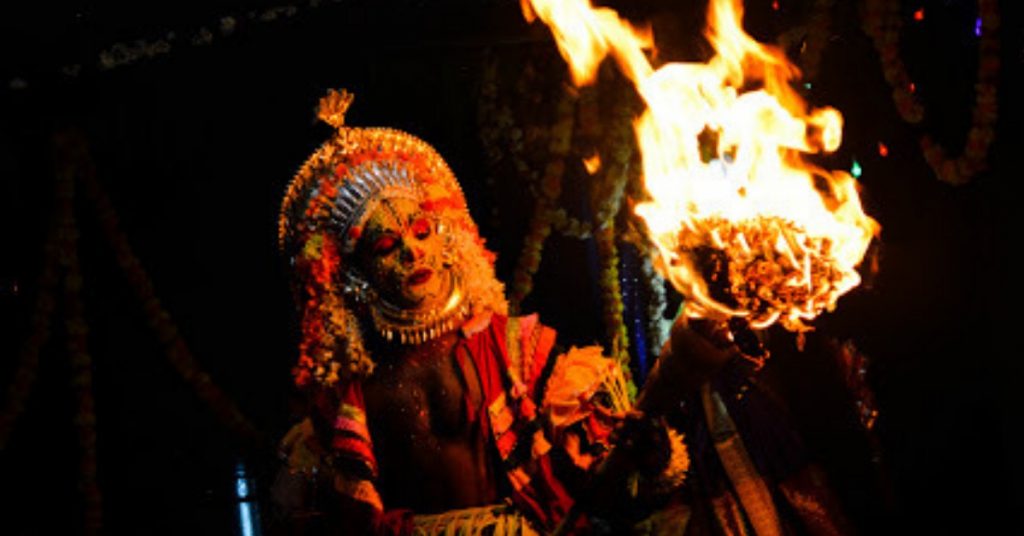
9. Makeup and garments
The dancers have some of the most eye-catching garments and masks. There are chariots, masks and other culturally significant props which are used that make the entire performance a treat to watch.
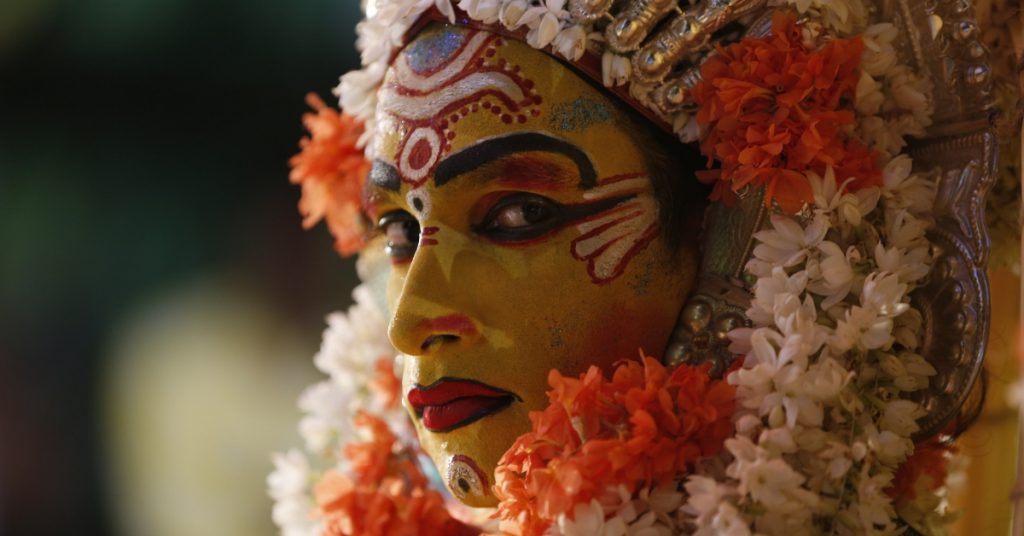
10. Cultural impact
The Buta Kola strongly resembles the Theyyam art form of Kerala and has clearly influenced the Yakshagana art form of Karnataka as well. The channeling of spirits has made the art form stand out amongst others.
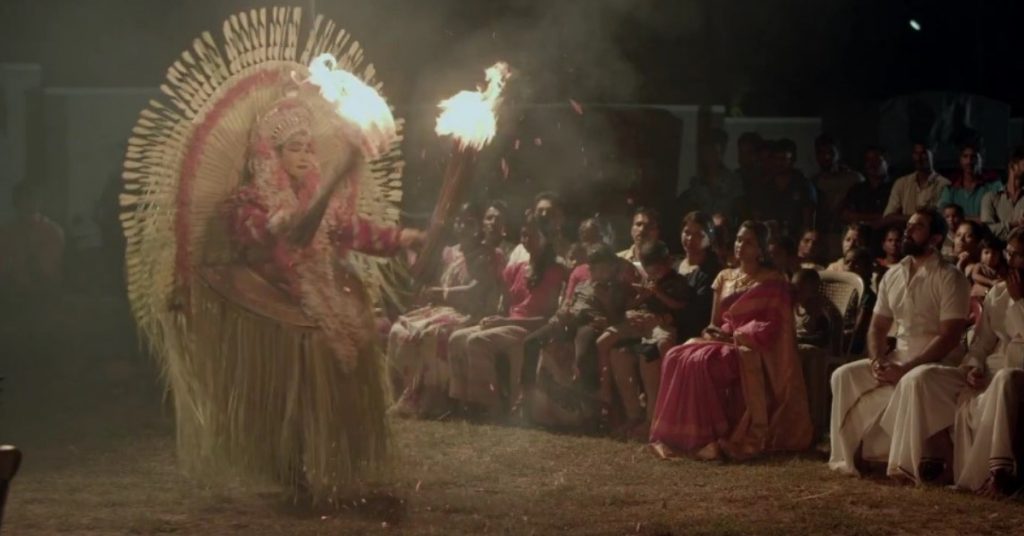
Clearly a very interesting dance form. Have an interesting fact to share regarding the dance form? Did we overlook anything? Let us know in the comments down below.























